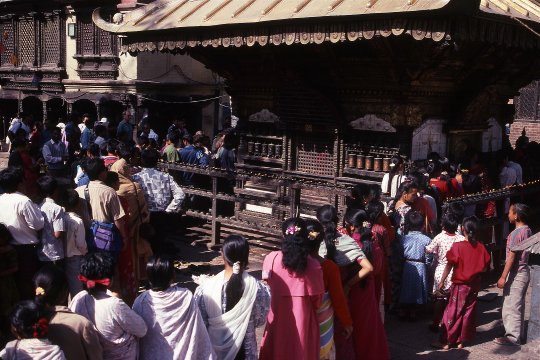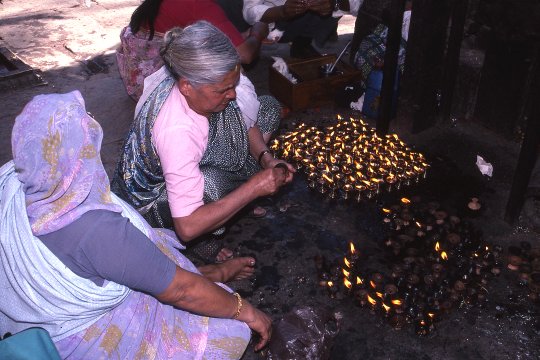|
John Tyman's Cultures in Context Series NEPAL RELIGION: Buddhism |
|
|
|
|
|
John Tyman's Cultures in Context Series NEPAL RELIGION: Buddhism |
|
|
|
|
 |
| 124. Large numbers of people stood in line outside the temple awaiting their turn to enter and pay homage. |
 |
| 125. The target then was to light 10,000 candles for Buddha. |
![]()
Text, photos and recordings
by John Tyman
Intended for Educational Use
Only.
Contact Dr. John Tyman at johntyman2@gmail.com
for more information regarding
licensing.
![]()
www.hillmanweb.com
Photo processing, Web page layout,
formatting and hosting by
William
Hillman ~ Brandon, Manitoba ~ Canada